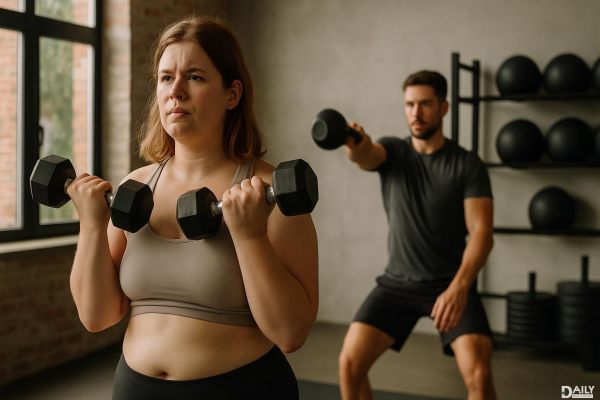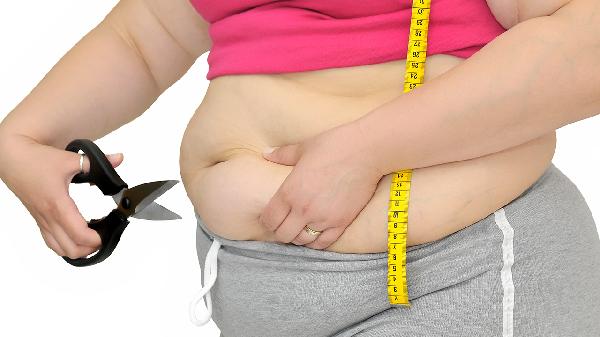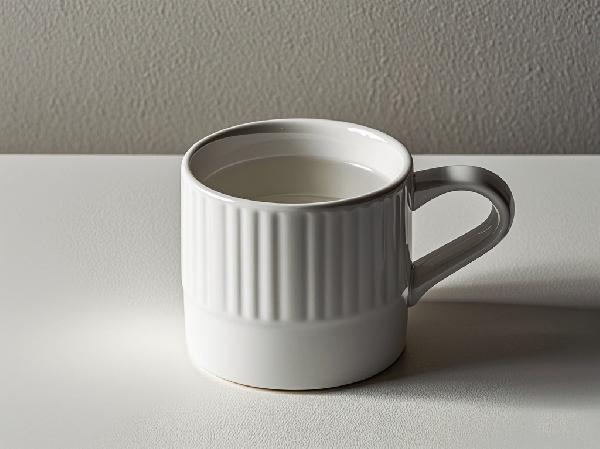Bro splits—those classic workout plans where you dedicate each day to a single muscle group—have been the go-to for gym rats for decades. But are they actually the best way to pack on muscle? The short answer: it depends. While bro splits can work, especially for seasoned lifters, they might not be the most efficient path to gains for everyone. Let’s break down why that is and whether you should stick with the classic "chest day" or switch things up.

Muscles grow through a process called hypertrophy, which happens when you stress them enough to create micro-tears that then repair bigger and stronger. Two key factors drive this: mechanical tension (heavy lifting) and metabolic stress (pump-inducing volume). The frequency at which you hit a muscle group plays a huge role—too little, and you’re leaving gains on the table; too much, and you risk overtraining. Research suggests hitting each muscle group at least twice a week is optimal for most lifters. That’s where bro splits can fall short—if you’re only training chest once a week, you might not be maximizing growth.
Bro splits usually look something like this: Monday—chest, Tuesday—back, Wednesday—arms, Thursday—shoulders, Friday—legs, with weekends off. The upside? You can absolutely annihilate one muscle group per session, which feels satisfying. But here’s the catch: by the time your next "chest day" rolls around, seven days have passed. Compare that to full-body or upper/lower splits, where you’re hitting muscles 2-3 times a week. More frequent stimulation often means faster gains, especially for beginners or intermediates. That said, advanced lifters with insane recovery capacity might still thrive on bro splits—but they’re the exception, not the rule.
One argument for bro splits is that they let you pile on volume for a single muscle in one session. But more isn’t always better. There’s a sweet spot where extra sets stop contributing to growth and start eating into recovery. If you’re doing 20 sets of chest in one day, the last few are probably junk volume. Splitting that workload across multiple sessions (like hitting chest twice a week with 10 sets each) could lead to better recovery and growth. Plus, spreading out volume reduces the risk of burnout—both physically and mentally. Ever tried doing 15 sets of squats in one day? Yeah, not fun.
Bro splits aren’t totally obsolete. If you’ve been lifting for years and need insane intensity to keep progressing, demolishing one muscle group per week might work. They’re also great if you love the ritual—there’s something undeniably satisfying about dedicating a full session to arms and leaving the gym barely able to straighten them. Plus, if you’re on gear (and let’s be real, some bros are), recovery isn’t as much of an issue, making weekly frequency less of a problem. But for natural lifters or those with limited time, higher-frequency programs usually win.
If you’re married to the bro split life but want better results, tweak it. Try hitting each muscle group every five days instead of seven—maybe chest on Monday and Saturday one week, then Wednesday the next. Or blend bro split principles with higher frequency: do chest and triceps Monday, then hit chest again lightly on Thursday with shoulders. The goal is to find a middle ground between obliterating a muscle and giving it enough attention to grow. And don’t forget progressive overload—whether you’re on a bro split or not, adding weight or reps over time is non-negotiable.
At the end of the day, the best workout plan is the one you’ll stick to. If bro splits keep you motivated and consistent, they’re better than half-assing a "perfect" program. But if you’re plateauing, consider mixing in more frequency—your gains might thank you.
























